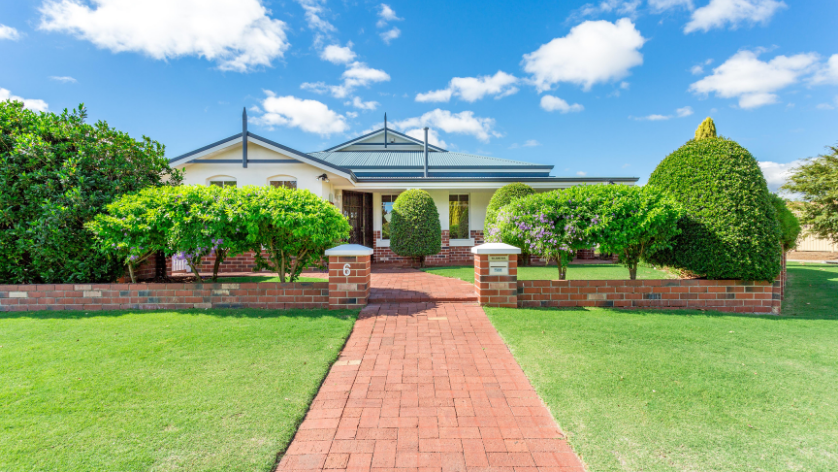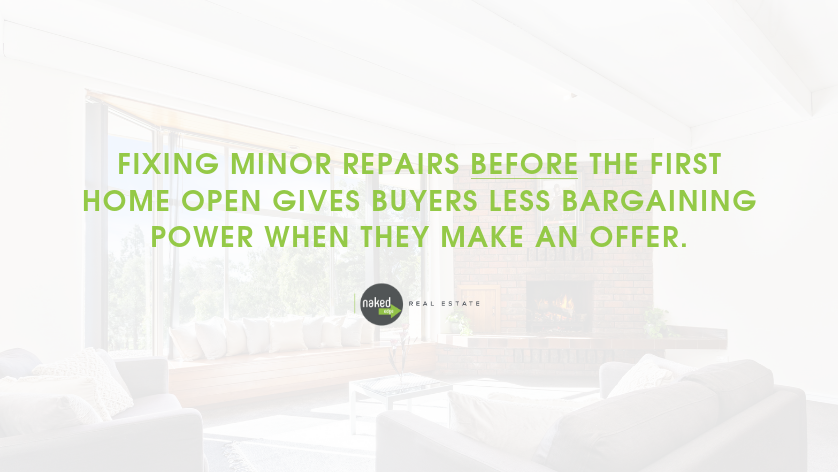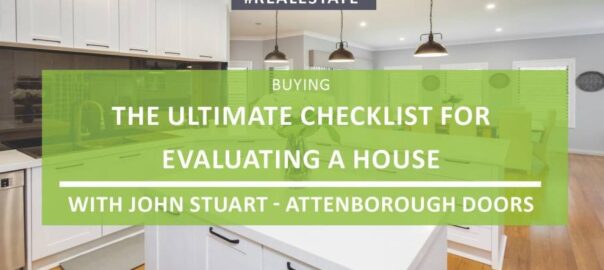Ready to sell your home, but not sure what to fix or tweak before listing it on the market?
Hear my top #3 recommendations to maximise the selling potential of your home, and help it stand out from the rest.
The great thing is, all of the jobs can be done for around $80 or less (and a quick trip to Bunnings)!
-
Front gardens
“My no. 1 tip for preparing your home is the garden – especially the front garden. It’s amazing how many buyers decide if they like your property by their first impression as they arrive.” – Wayne Adlem, Real Estate Agent for Southern River
When buyers view the street appeal of your property (whilst doing a drive by, or attending a home open), it subconsciously sets the standard for what to expect when they walk inside. So if they arrive at your home and see unkempt and/or dead lawns, and overgrown gardens, they’re going to assume the interior of the home is in the same condition.
What’s more, they will then actively look for these flaws once they are inside.
All it takes is a Sunday afternoon and a trailer of mulch for about $80. By simply weeding, mowing the lawn, and giving your garden beds some tender loving care, you can ensure buyers view your home in the best light long before they set foot inside. It’s both easy and cheap to do.

-
Maintenance and repairs
“Fixing minor repairs before the first home open gives buyers less bargaining power when they make an offer.” – Wayne Adlem, Real Estate Agent for Southern River
Some common issues are:
- Leaking taps
- Broken exhaust fans
- Door locks not working properly
- Broken sprinkler heads in the garden
In this market, buyers generally want to move in straight away, and not have any minor maintenance to do. Give your home a quick once-over to address any niggling repairs and you’ll give your home the best chance of selling, quickly.

-
De-clutter and de-personalise
At the home open, buyers will always look to see how much storage, linen and living space your home has. They want to be sure your home is the perfect size for their needs. So if you have rooms with boxes and clutter, or cupboards filled to the brim with clothes, toys, books, paperwork etc, it will give buyers the impression there isn’t enough space.
Spend a Saturday tidying your linen, storage cupboards, and kitchen and pantry space (if need be). Pack away excess bed linen, towels, clothes etc in a box and move to the garage or shed. You don’t need to pack up your life – just focus on items you don’t use regularly that take up a lot of room. You’ll be surprised at how much this simple de-cluttering will maximise the space of your home.
The last tip is to de-personalise your home.
Why?
Because buyers want to envision them and their family living in the space – not yours. Sentimental items like lots of family photos or kids names on bedroom doors can make it difficult for them to see themselves living there. It’s an easy thing to change, and it really does make a difference.
By doing these simple, cost-effective modifications to your home, you will make a massive difference to the selling potential of your property, and help your home stand out from the rest.
Thinking of listing your home on the market, but still have a few questions? I’d love to help you, feel free to call me on 0406 583 754 or send me an email at wayne@nakededgerealestate.com.au












